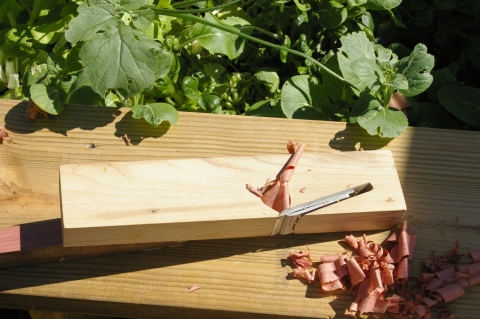Beginner here just wondering if a wooden plane is a good project for a relatively novice neander. I don't have many tools but am willing to purchase the ones needed to make a good starter smoother. Actually I think a few month ago someone posted some pics of a small one they made while tinkering around. Seems like this is a good project for someone with limited space. Any suggestions on this?
By the way, I read alot of questions from newbies asking about tools and which ones to get first, and deciding what projects they can do with them. This is just my opion here, but wouldn't it be good if the newbies were encourage to make tools and other items that they will use and be able to use as building blocks to work up to larger projects? Key word being "use". I think the "usefullness" of a project is key, especially for beginners. I personally don't see myself dropping $200-$500 on tools so i can make a fine piece that doesn't contribute to improving my skills. I know this sound conceded, but we beginners really have to work up to those finer, more complicated pieces. I may be wrong here, but i imagine that the new apprentices in 17th century cabinet shops made things for their shop (ei. tools, benches, jigs, etc.) Ok i am ready for my lashings now





 Reply With Quote
Reply With Quote






